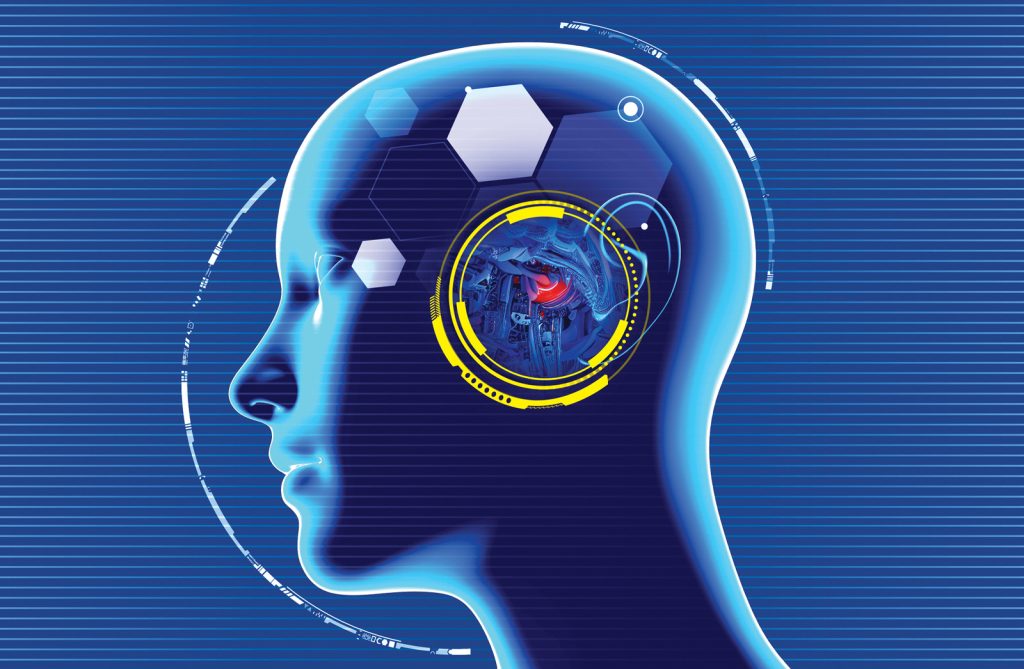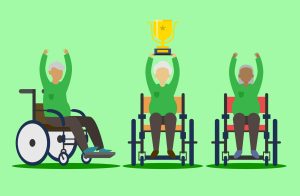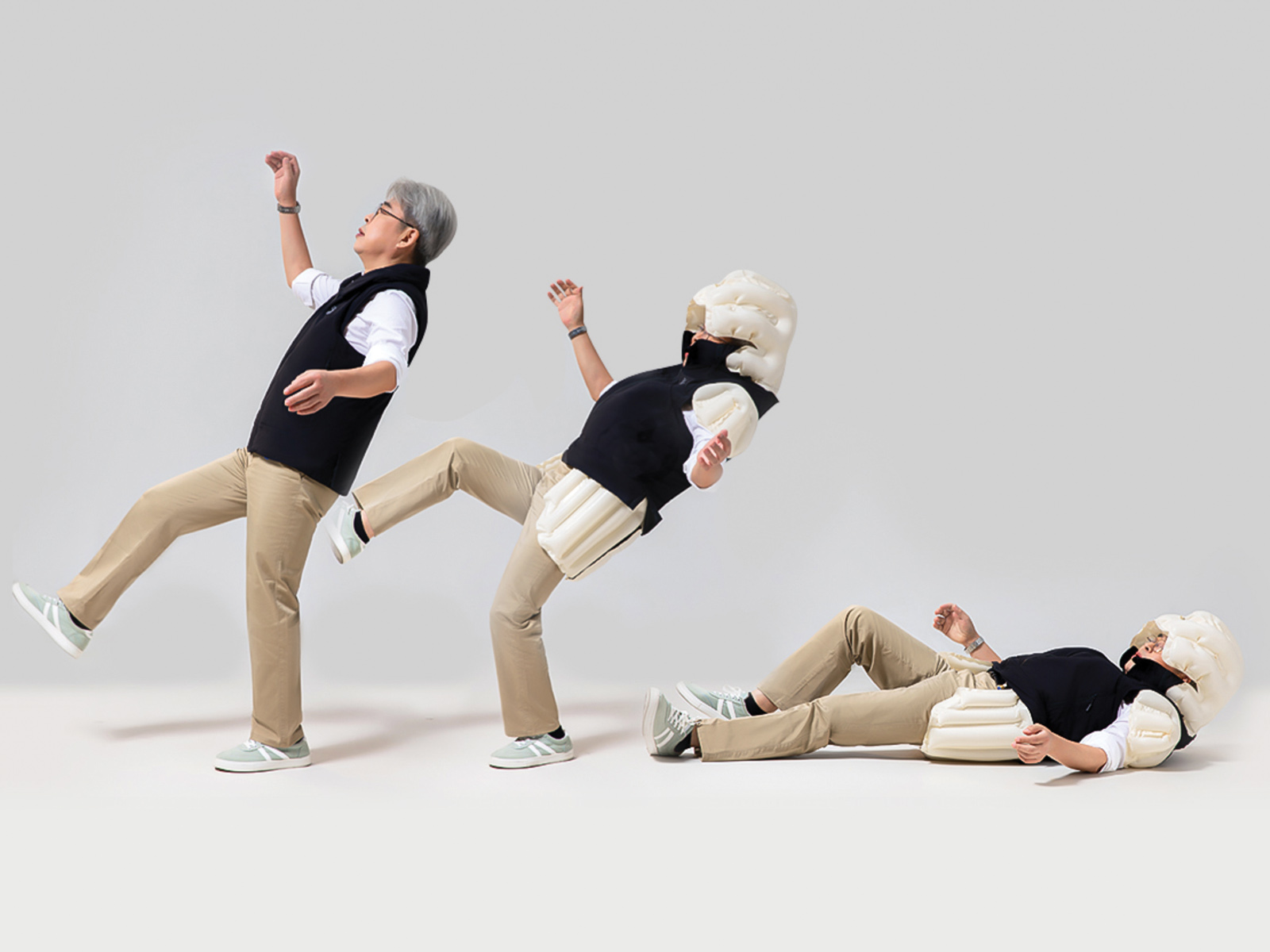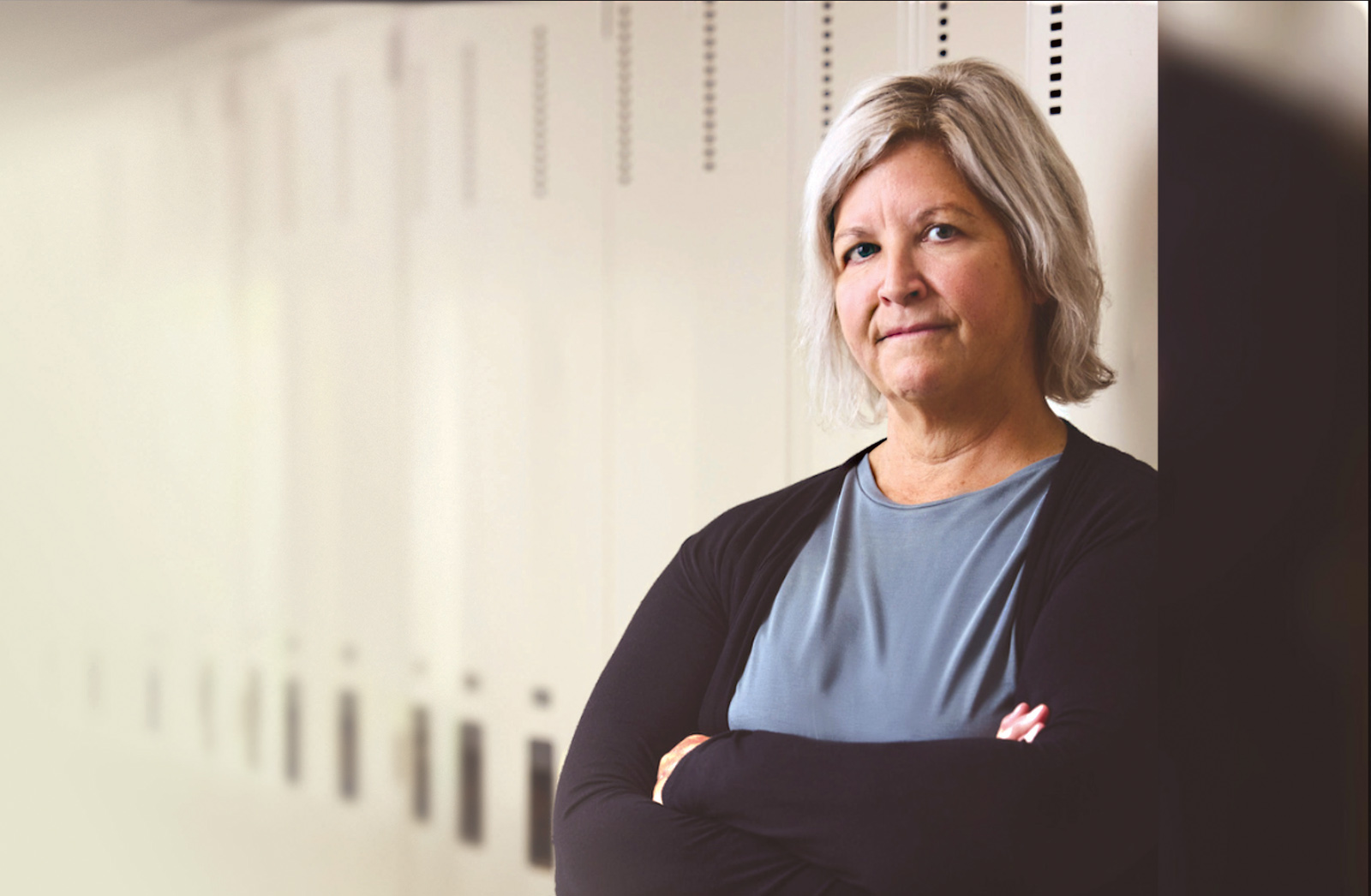Begin with children
Caused by systemic underinvestment in healthcare, “never events” have become normal as young people have challenges accessing essential, time sensitive services. Unlike our European counterparts, France, UK and Sweden who invest almost 4% of GDP to policies and investments Canada dedicates but 1.68 % to children and youth.
With untenable backlogs recent unprecedented transfer funding from the federal government has seen Ontario and Nova Scotia leading the way good use to right size care for children.
In Ontario, increasing capacity in children’s hospitals, paediatric mental health and development and children’s services in the community are taking priority as leaders look to achieve meaningful improvements.
Moving forward calls for collective, collaborative between all levels of governments to a shared version of healthier outcomes for our children which includes a pan-Canadian child health strategy, predictable on-going funding and passionate, action-oriented leadership. Focus during the next decade must prioritize clear targets, measurable outcomes and long-term change towards the well-being and health of our children. Time is of the essence—every day matters in the life of a child.
Source: CICH

AI-powered brain implants?
A man has found new hope in a procedure that skeptics may raise an eyebrow at. It involved a 15-hour surgery to connect AI powered implants in his brain. These implants will hopefully help give his brain the signals needed for the body to move.
After a tragic diving accident in 2020, Thomas was paralyzed from his chest down. His post-surgery hope is that AI driven implant will connect his brain, body, and spinal cord together in an electronic manner. The process took months of research, required extensive MRIs of the patient’s brain and even had the patient awake during the operation to communicate with the doctors. Experts explain that this is therapy with a thought-driven focus, as opposed to the traditional movement-driven therapy.
This is the first time this game changing technique has been attempted on a human. After four months later Thomas’s arm strength has reportedly ‘doubled’ even with the system not attached to a computer
The goal over time, if Thomas is successful, would be wide-scale application of the technique to help paralyzed patients live more independent and robust lives.
Source: engadget.com

Doctors living with autism
Shock, confusion and relief often come with a formal diagnosis of ADHD and or autism. However, perhaps more than in other professionals bias pushes the 1 per cent of doctors who have autism to hide their diagnosis. Doctors who choose to disclose often come up against the old-school view that autistic people are “sort of too disabled to become doctors or not empathetic enough to be psychiatrists.”
Shifting the context to the positive, autistic people are well suited for detail and form deep interested in topics making them well-suited. However, under current circumstances despite the fact that there is a slow shift to the medical world being a bit less deficit focused, autistic people are four times more likely to develop depression and almost ½ have severe anxiety.
Autistic people are like square pegs, says Tehleel Kavad. “If you try to hammer them into round holes, you will not be successful. The peg will break. Kavad has formed a non-profit that she hopes will create a space for neurodivergent doctors, educators and more. Autistic Doctors International (ADI) is also a peer support group with more than
600 members around the works.
Source: Spectrum













